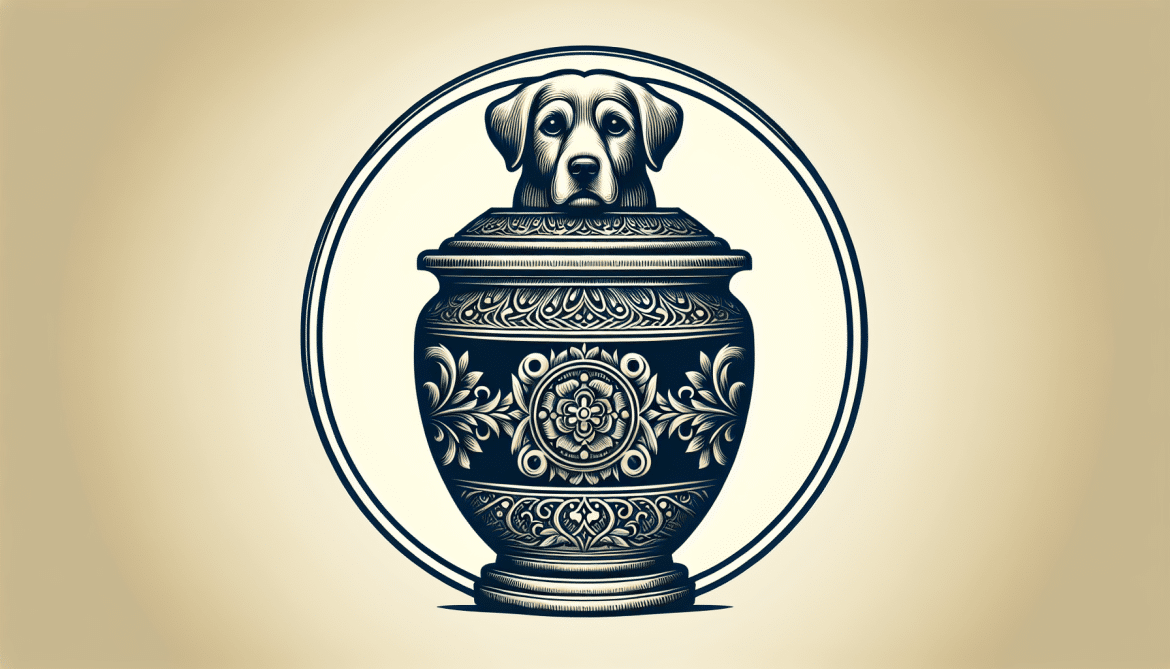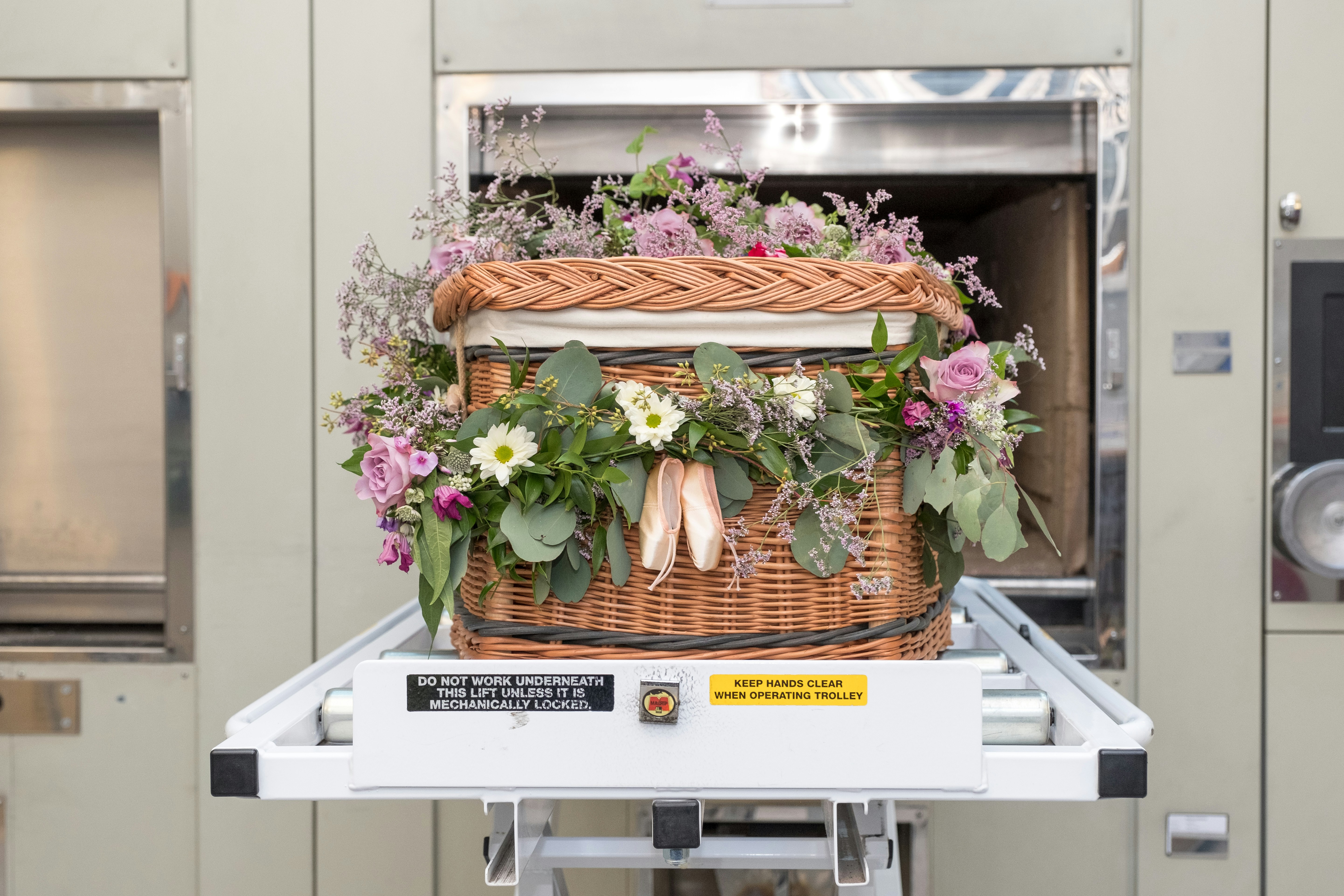In this helpful guide, you will discover everything you need to know about dog cremation, from understanding the processes involved to considering important factors. Losing a beloved furry friend is never easy, and deciding how to handle their remains can be a difficult decision. Whether you are facing this choice for the first time or simply seeking more information, this article aims to provide you with valuable insights and considerations to help you navigate through the process of dog cremation with care and compassion.
This image is property of images.unsplash.com.
Understanding Dog Cremation
Dog cremation is the process of reducing a dog's remains to ashes through the use of high temperatures. It is a common choice for pet owners who wish to honor their beloved furry friends after they have passed away. Choosing to cremate your dog provides a way to keep their memory alive and hold onto a physical reminder of their presence in your life.
Reasons for Choosing Dog Cremation
There are several reasons why dog owners opt for cremation as a final resting option for their beloved pets. Firstly, cremation offers a sense of flexibility and mobility. Unlike traditional burial, cremated remains, also known as cremains, can be easily transported or relocated if you decide to move in the future. Additionally, cremation allows for customization in terms of memorialization options, such as choosing a memorial urn or scattering the ashes in a meaningful location. Lastly, the simplicity of the cremation process can provide comfort during a difficult time, as it allows for quick and efficient handling of your pet's remains.
Different Methods of Dog Cremation
There are two common methods of dog cremation: private cremation and communal cremation. In a private cremation, your dog is cremated individually, ensuring that you receive the ashes of your beloved companion. This method provides a more personal and exclusive experience. On the other hand, communal cremation involves the cremation of multiple pets together. While you won't receive your dog's ashes specifically, this method is often more affordable and can be a respectful way of saying goodbye to your pet.
Preparing for Dog Cremation
Preparing for dog cremation involves several important steps to ensure a smooth process and handle your pet's remains with care.
Choosing a Cremation Service Provider
It is important to research and select a reputable cremation service provider. Look for providers that prioritize transparency, professionalism, and compassion. Reading reviews and seeking recommendations from friends or veterinarians can help you make an informed decision.
Documentation and Permissions
Before proceeding with dog cremation, ensure that you have all the necessary documentation and permissions. This includes obtaining a signed authorization form from the dog owner, providing proof of ownership, and adhering to any local regulations or requirements. Some municipalities may have specific guidelines for pet cremation, so it is essential to familiarize yourself with these rules beforehand.
Preparing Your Pet's Remains
Prepare your pet's remains by gently cleaning them and placing them in a suitable container. This could be a pet casket, a special urn, or even a simple cardboard box. Make sure the container is secure and labeled with your dog's name to avoid any mix-ups during the cremation process.
This image is property of images.unsplash.com.
The Dog Cremation Process
Understanding the various stages involved in the dog cremation process can help you comprehend what happens to your pet's remains.
Collection or Drop-off
Your chosen cremation service provider will either collect your dog's remains from your home or allow you to drop them off at their facility. This step is crucial in ensuring a smooth transition of your pet's remains into their care.
Identification and Tracking
To guarantee accuracy throughout the entire process, your dog will receive a unique identification tag or label. This tag will accompany your pet's remains throughout the cremation process, ensuring that you receive their ashes and allowing for traceability and peace of mind.
Pre-Cremation Procedures
Before the actual cremation begins, any non-combustible items such as collars or identification tags will be carefully removed from your dog's remains. The remains are then placed in a cremation chamber and exposed to intense heat, typically ranging from 1400 to 1800 degrees Fahrenheit.
The Cremation Process Itself
During the cremation process, the high temperatures and heat cause the organic material in your dog's body to be reduced to bone fragments. This is achieved through a combination of combustion, evaporation, and oxidation. The process usually takes several hours, depending on the size of the dog and the type of cremation equipment being used.
Post-Cremation Procedures
Once the cremation is complete, the bone fragments are allowed to cool down before being processed further. The fragments are typically reduced to a fine powder through a mechanical process known as pulverization. This powder is what is commonly referred to as cremains, the ashes that are returned to you.
Considerations for Dog Owners
As a dog owner, there are important considerations to keep in mind when opting for dog cremation.
Emotional Preparation
Losing a beloved pet can be an incredibly emotional experience. Take the time to process your grief and prepare yourself emotionally for the cremation process. Seek support from loved ones or even professional counselors who can help you navigate the grieving process.
Religious and Cultural Considerations
It is essential to consider any religious or cultural beliefs that may impact your decision to cremate your dog. Some religions have specific practices or rituals associated with death and cremation, so it is important to respect and honor those traditions.
Environmental Impact of Cremation
While cremation is generally considered to have a lower environmental impact compared to traditional burial methods, it is worth exploring options that prioritize sustainability. Some cremation service providers offer eco-friendly alternatives, such as using renewable energy sources or implementing carbon offset programs. Research these options and choose a provider that aligns with your values.
This image is property of images.unsplash.com.
Options for Dog Cremains
Once you receive your dog's cremains, you have several options for handling and memorializing them.
Cremains Handling and Packaging
Cremains are typically returned to you in a sealed container such as an urn, a scatter tube, or a keepsake jewelry piece. It is important to handle these containers with care and respect. Consider finding a permanent location to store the urn or selecting a suitable scattering method if you choose to spread the ashes.
Memorialization Choices
There are various ways to memorialize your dog's cremains, depending on your personal preferences and the significance it holds for you. Options include keeping the urn at home or in a dedicated pet memorial garden, creating a memorial plaque or marker, or even incorporating the ashes into a piece of artwork or jewelry.
Legal Restrictions and Scattering Ashes
Before scattering your dog's ashes in a particular location, be sure to check local regulations and laws. Some areas may have restrictions or permits required for scattering ashes on public or private property. Always be respectful of the environment and any guidelines in place.
Costs and Financial Considerations
Understanding the costs and potential financial implications of dog cremation is essential when making this decision.
Pricing Structure
The cost of dog cremation can vary depending on factors such as the size of the dog, the type of cremation chosen, and the location. Private cremation generally tends to be more expensive than communal cremation. It is important to inquire about the pricing structure and any additional fees for services such as collection, urns, or memorialization options.
Additional Costs to Consider
In addition to the cremation service itself, there may be additional costs to consider. These can include transportation fees, purchasing an urn or other memorialization items, or even burial plot fees if you choose to inter the ashes in a cemetery.
Financial Planning and Pet Insurance
If you anticipate these costs and want to ensure financial peace of mind, consider planning ahead or investing in pet insurance. Some pet insurance policies may provide coverage for end-of-life expenses, including cremation or burial costs. Doing thorough research and seeking advice from insurance providers can help you make an informed decision.
Finding Closure and Support
Dealing with the loss of a dog is a challenging journey, and finding closure and support is crucial in navigating this process.
Dealing with Grief
Each individual processes grief differently, and it is essential to allow yourself time and space to mourn the loss of your dog. Surround yourself with loved ones who understand and provide support during this difficult time. Seek solace in memories and find healthy ways to express your emotions.
Seeking Emotional Support
If you find yourself struggling to cope with your grief, consider reaching out to support groups or seeking professional help. Counseling or therapy sessions can provide a safe space to share your feelings and work through the various emotions that come with losing a pet.
Pet Memorial Resources
There are numerous resources available that can help you honor and memorialize your beloved pet. Online platforms, such as memorial websites or social media groups, allow you to share stories, photos, and memories of your dog. These resources can provide comfort and create a sense of community with other individuals who have experienced similar loss.
Alternatives to Dog Cremation
While cremation is a popular choice, there are alternative options for pet owners to consider.
Burial Options
Traditional burial provides a more tangible way of honoring your dog's memory. Pet cemeteries or private burial sites allow for a designated resting place where you can visit and pay tribute to your beloved companion.
Aquamation and Resomation
Aquamation or resomation is an alternative to traditional cremation that uses water and a solution of alkali to break down the body. This process, also known as bio-cremation or water cremation, is considered more environmentally friendly and results in a soft, sandy substance that can be returned to the owner.
Taxidermy as a Memorial Option
For some dog owners, taxidermy may be a suitable option for preserving the physical appearance of their pet. Taxidermy involves preserving the body by mounting or stuffing it to create a lifelike replica. This option allows for a more visual and interactive memorial experience.
Ethical Considerations
When considering dog cremation, ethical considerations should be taken into account.
Animal Welfare Standards
Ensure that the cremation service provider follows strict animal welfare standards and handles each dog's remains with respect and care. Ask questions about their procedures and protocols to ensure a humane and ethical approach.
Certifications and Regulation
Reputable cremation service providers should hold certifications or be regulated by relevant organizations. Look for accreditations such as the International Association of Pet Cemeteries and Crematories (IAOPCC) to ensure that the provider adheres to industry standards and ethical practices.
Choosing Ethical Cremation Providers
Take the time to research and choose an ethical cremation provider that aligns with your values and meets your requirements. Look for providers that prioritize transparency and offer clear communication throughout the process. Trust and peace of mind in handling and caring for your pet's remains are essential in this decision.
Conclusion
Dog cremation is an increasingly popular choice for pet owners who wish to honor their beloved companions after they have passed away. Understanding the processes involved, considering the various options for memorialization, and being aware of the emotional and financial considerations can help make this difficult time a little easier. Whether you choose cremation, burial, or an alternative method, finding closure and peace is a personal journey that can be supported by the memories and love shared with your furry friend.





